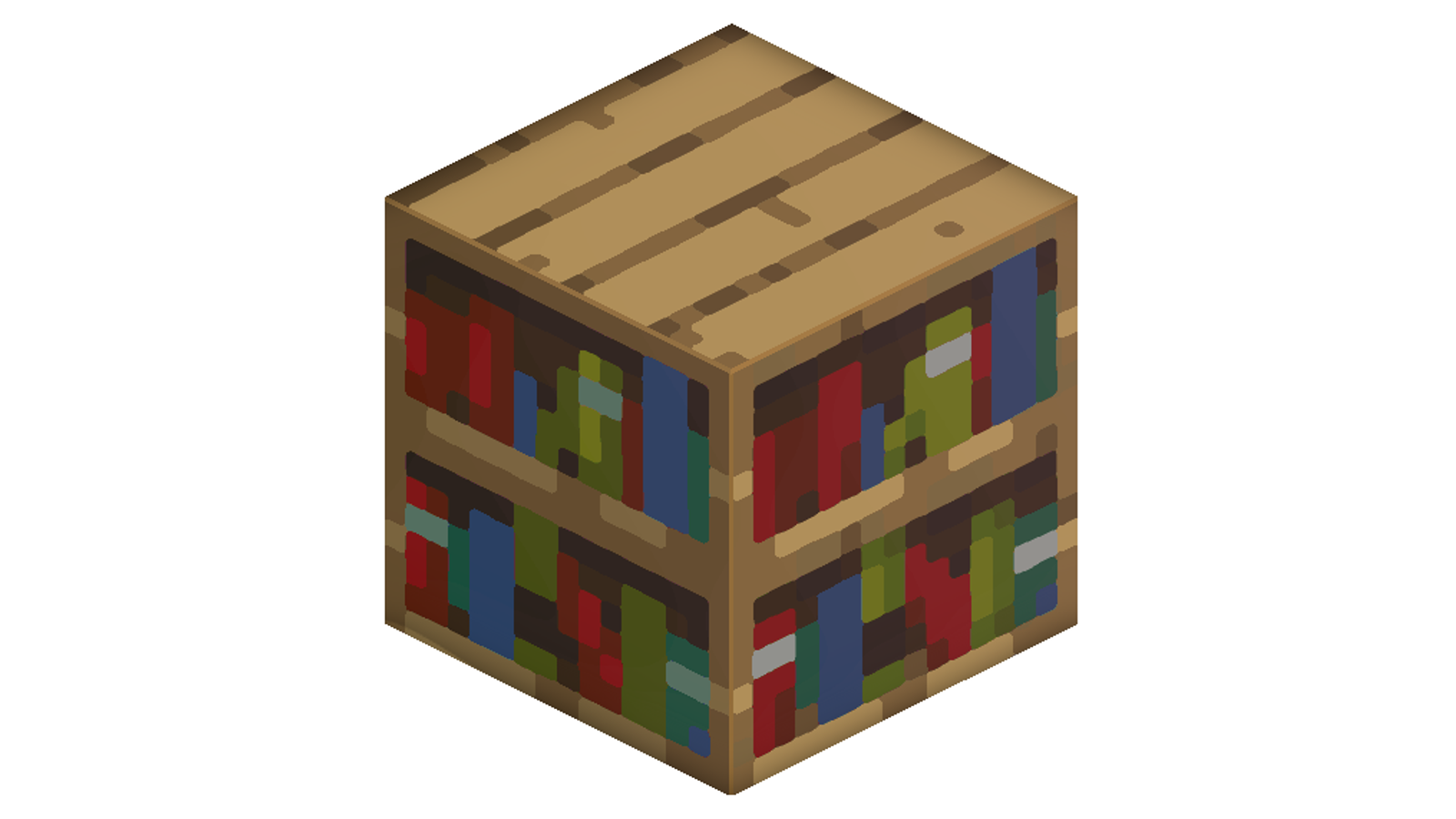↗️ Vector
Contents
↗️ Vector#
bs.vector:_
Vector are fundamental and extremly powerfull tool to manage motions, forces and… well… do physics!

“With vectors, physics has found a magnificent language.”
—Richard Feynman
Get vector from orientation#
bs.vector:get_from_orientation
Compute the displacement vector of the entity according to its orientation. This vector is composed of 3 elementary vectors stored on the scores bs.vector[X,Y,Z] (each between -1000 and 1000).
- Inputs
- (execution)
as <entities> The entities for which the vector will be computed
- (execution)
- Outputs
- (scores)
@s bs.vector.[x,y,z] The vector components
- (scores)
- Example
Create, for each Creeper, a vector from their respective orientation
# Once execute as @e[type=creeper] run function bs.vector:get_from_orientation
Dependencies
This function require the following modules to work properly:
Get vector “as to at”#
bs.vector:get_ata
Compute a vector from the source entity to the execution position of the function.
- Inputs
- (execution)
as <entities> The entities for which a vector will be computed, taking there own position as origin
- (execution)
at <entities>orpositioned <x> <y> <z> The position of the destination (must be unique)
- (execution)
- Outputs
- (scores)
@s bs.vector.[x,y,z] The vector components
- (scores)
- Example
Create a vector that connects you to the nearest skeleton:
# Once execute as @s at @e[type=skeleton] run function bs.vector:get_ata
Get length#
bs.vector:length
Compute the norm of the vector
- Inputs
- (execution)
as <entities> The entities for which the vector will be computed
- (scores)
@s bs.vector.[x,y,z] The vector components
- (execution)
- Outputs
- (score)
@s bs.out.0 The vector length
- (score)
- Example
Compute the length of a vector you defined on yourself
# Once scoreboard players set @s bs.vector.x 1000 scoreboard players set @s bs.vector.y 2000 scoreboard players set @s bs.vector.z 3000 execute as @s run function bs.vector:lenght # Display the result tellraw @a [{"text":"<"},{"selector":"@s"},{"text":">"},{"text":" Vector length: ","color":"dark_gray"},{"score":{"name":"@s","objective":"bs.out.0"}}]
Performance tip
If you want to minimize the performance impact, we recomande you to use the lenght_squared function instead of this one when it’s possible. In fact, computing the lenght of a vector require to perform square root operation which is not a simple task for a computer, especially in Minecraft.
lenght_squared can often be used in the following cases:
You want to compare the length with a given one, then compute manually the square of the given value and compare it with the result of
lenght_squared, which is faster than computing the real length.You want to compare a vector length with another one, then you can compare the result of
lenght_squaredinstead of computing the real length of both vectors.
bs.vector:lenght_squared
Compute the norm of the squared vector and store it on the score bs.out.0.
- Inputs
- (execution)
as <entities> The entities for which the vector will be computed
- (scores)
@s bs.vector.[x,y,z] The vector components
- (execution)
- Outputs
- (score)
@s bs.out.0 The vector length squared
- (score)
- Example
Compute the length squared of a vector you defined on yourself
# Once scoreboard players set @s bs.vector.x 1000 scoreboard players set @s bs.vector.y 2000 scoreboard players set @s bs.vector.z 3000 execute as @s run function bs.vector:lenght_squared # Display the result tellraw @a [{"text":"<"},{"selector":"@s"},{"text":">"},{"text":" Vector length squared: ","color":"dark_gray"},{"score":{"name":"@s","objective":"bs.out.0"}}]
Normalize#
bs.vector:normalize
Allows to normalize the components of the vector by putting the length at 1000 (=1 but shited by 3 digits) while respecting the proportions linking these components.
- Inputs
- (execution)
as <entities> The entities for which the vector will be normalized
- (scores)
@s bs.vector.[x,y,z] The vector components
Config
You can configure the length of normalization (which is 1000 by default) by setting the score
vector.normalize.length bs.datascore to the desired value and giving the tagbs.config.overrideto the entity executing the function. Be careful, without this tag, the config score will be reseted to the default value.- (execution)
- Outputs
- (scores)
@s bs.vector.[x,y,z] The normalized vector components
- (scores)
Performance tip
Normalization of vector doesn’t often need to be accurate, so you can try first to use the fast_normalize function instead of this one. It is less accurate, but it avoid the square root computation so it is faster.
bs.vector:fast_normalize
Allows to normalize the components of the vector by placing the largest component at 1000 (=1 but shited by 3 digits) while respecting the proportions linking these components.
- Inputs
- (execution)
as <entities> The entities for which the vector will be normalized
- (scores)
@s bs.vector.[x,y,z] The vector components
Config
You can configure the length of normalization (which is 1000 by default) by setting the score
vector.fast_normalize.length bs.datascore to the desired value and giving the tagbs.config.overrideto the entity executing the function. Be careful, without this tag, the config score will be reseted to the default value.- (execution)
- Outputs
- (scores)
@s bs.vector.[x,y,z] The normalized vector components
- (scores)
Convert canonical to local vector#
bs.vector:canonical_to_local
Allows to convert a “normal” vector (using the relative reference frame) into local coordinates (using the local reference frame)
- Inputs
- (execution)
as <entities> The entities for which the vector will be transformed
- (scores)
@s bs.vector.[x,y,z] The canonical vector components
- (execution)
- Outputs
- (scores)
@s bs.vector.[x,y,z] The local vector components
- (scores)
- Example
Find the local vector corresponding to the vector X=1000, Y=0, Z=0
# Once scoreboard players set @s bs.vector.x 1000 scoreboard players set @s bs.vector.y 0 scoreboard players set @s bs.vector.z 0 function bs.vector:get_from_classic_vector # Display the result tellraw @a [{"text":"<"},{"selector":"@s"},{"text":">"},{"text":" VectorLeft: ","color":"dark_gray"},{"score":{"name":"@s","objective":"bs. vectorLeft"}, "color": "gold"},{"text": "VectorUp: ", "color": "dark_gray"},{"score":{"name":"@s", "objective": "bs. vectorUp"}, "color": "gold"},{"text":" VectorFront: ", "color": "dark_gray"},{"score":{"name":"@s", "objective": "bs.vector.z"}, "color": "gold"}]
💬 Did it help you?
Feel free to leave your questions and feedbacks below!
